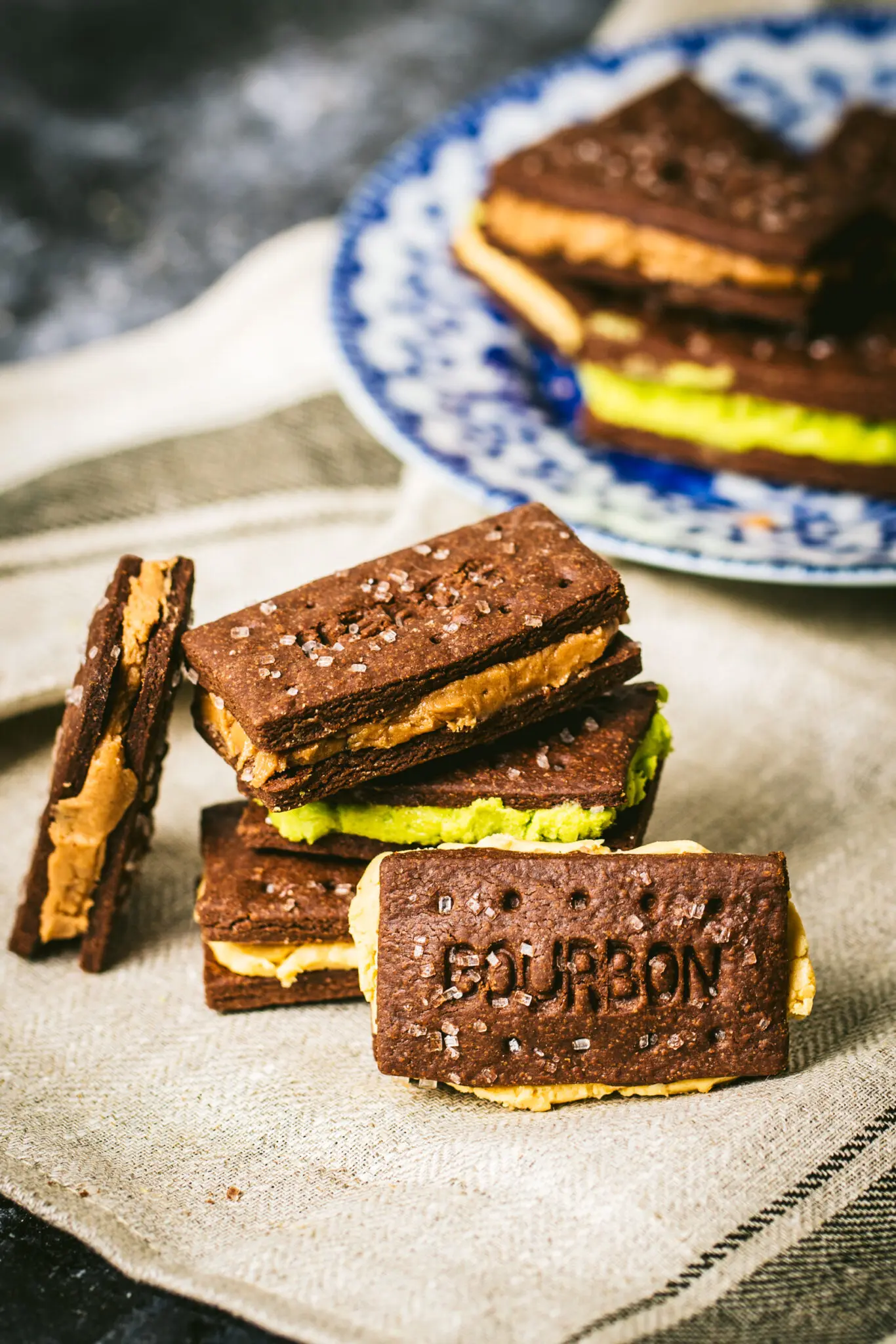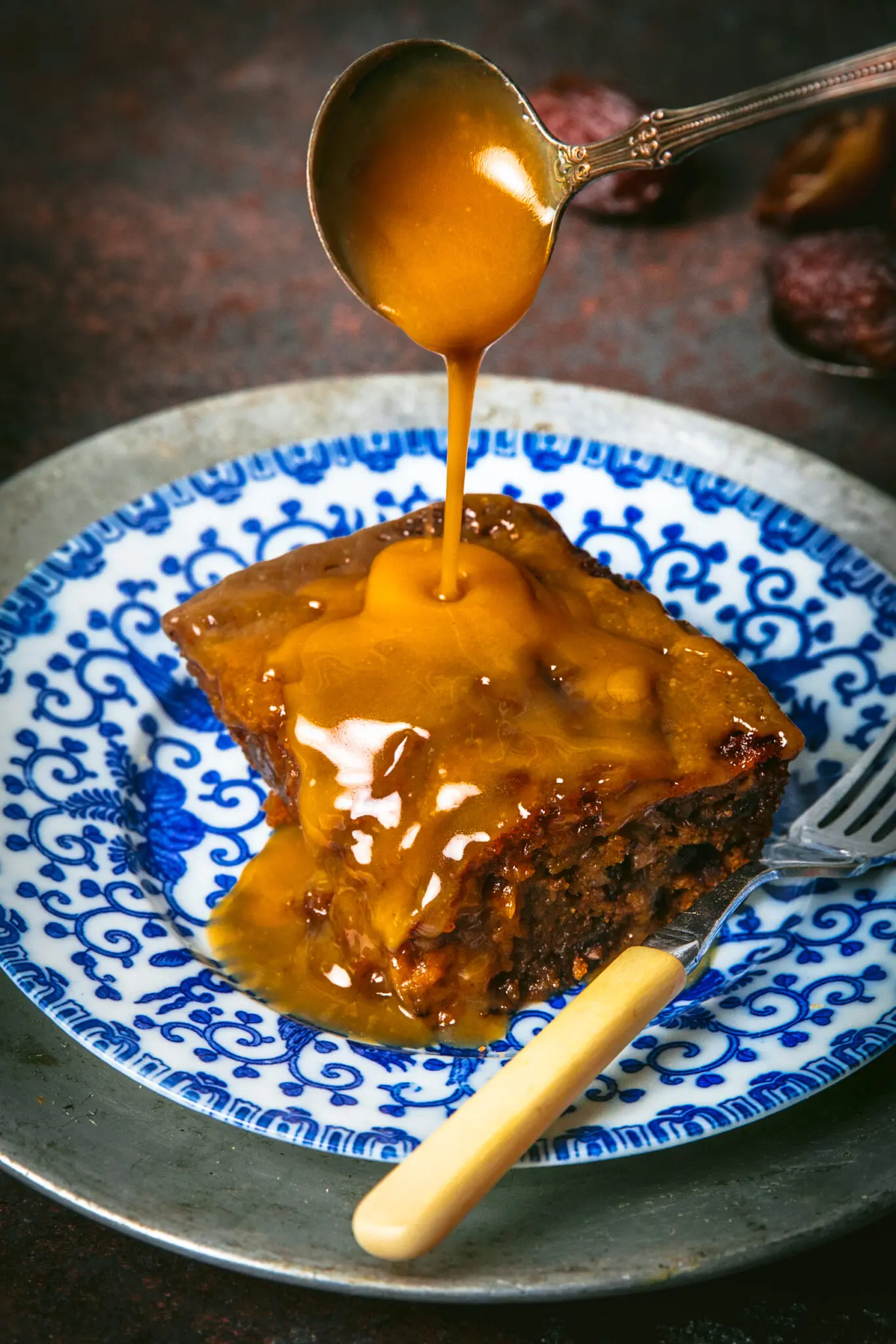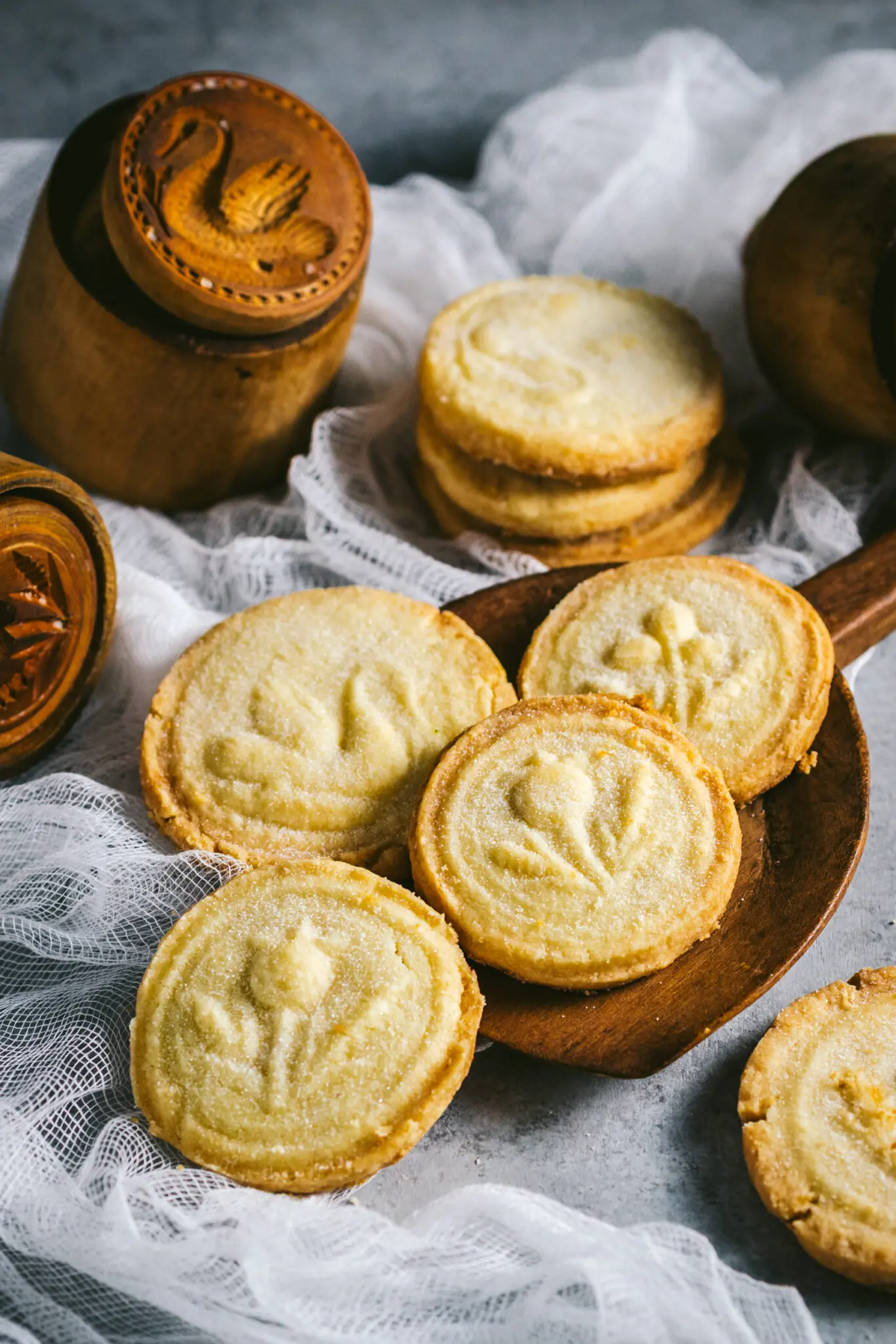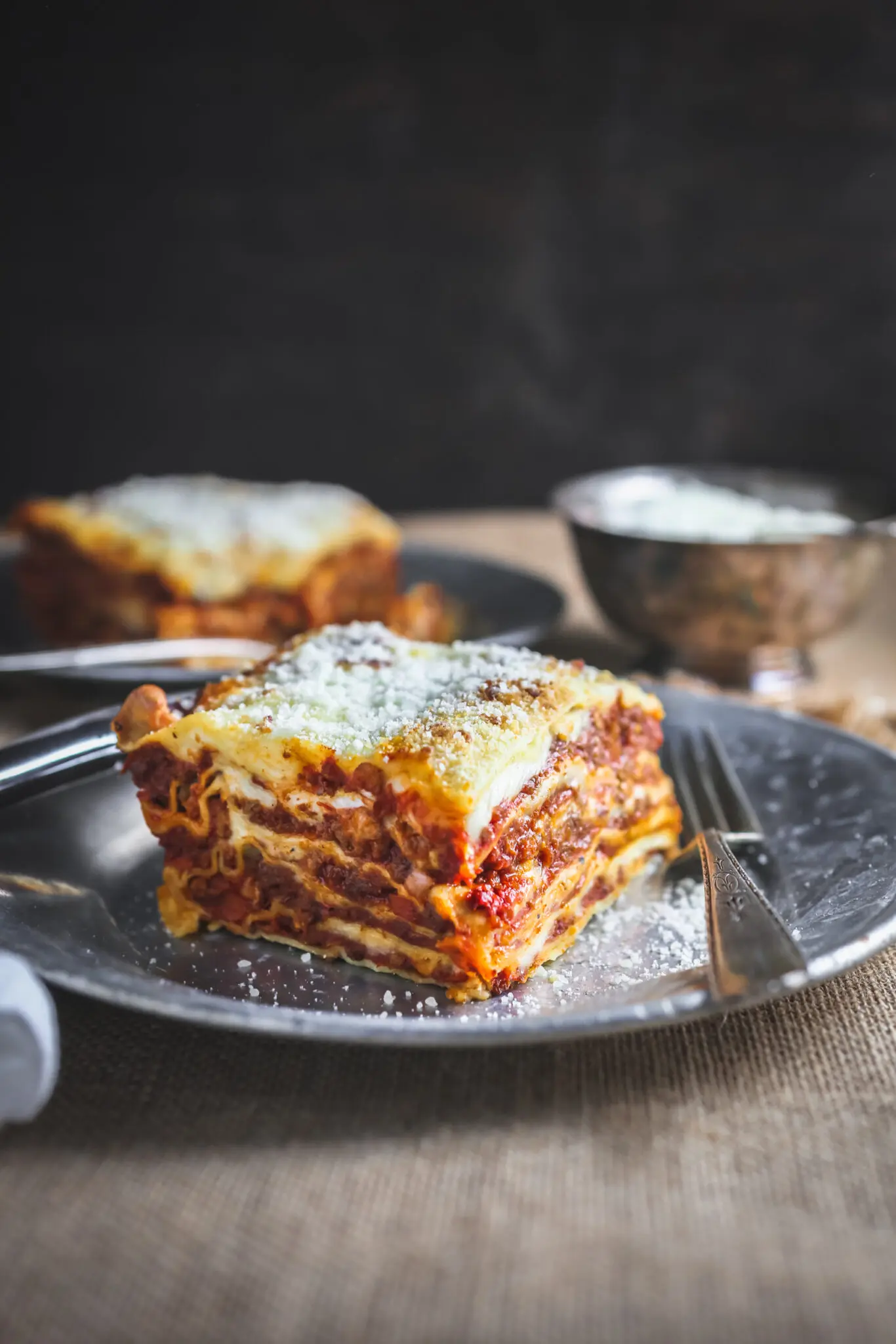Skip to content

British Bourbon Chocolate Biscuits with Three Buttercream Fillings
Read More

Sticky Toffee Pudding (warm date cake)
Read More

Rustic Shortbread Biscuits (or Cookies)
Read More

Lasagna Bolognese with Fontina Béchamel
Read More

Our other winter warmer: Vanilla Old Fashioned
Read More